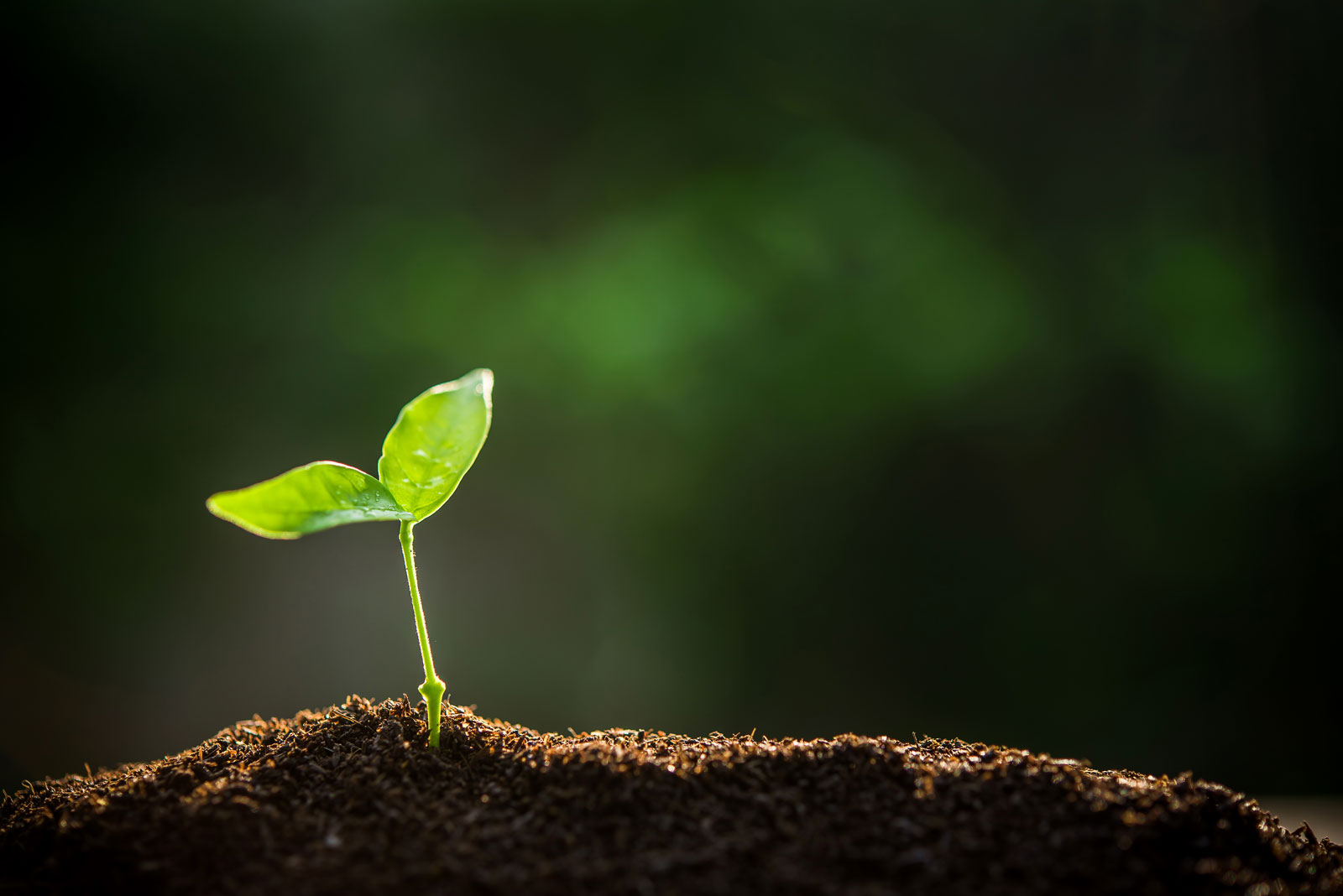
Seed stratification is an essential practice for many native plant species, playing a critical role in ensuring successful germination. This process, which can occur naturally, or artificially induced helps break seed dormancy, mimicking the seasonal conditions necessary for the seed to sprout. Whether you’re working on a restoration project or simply looking to establish a thriving native garden, understanding and implementing seed stratification can significantly increase your chances of success.
What is Seed Stratification?
Seed stratification refers to the process of treating seeds to simulate natural conditions they would experience in the wild. Many native plant seeds, particularly those from temperate climates, go into a state of dormancy that prevents them from germinating until they have been exposed to cold, moist conditions. This dormancy mechanism ensures that seeds don’t sprout prematurely during unseasonably warm periods and then perish in the cold.
In nature, seeds typically undergo stratification by being buried in the soil during winter. Cold temperatures, moisture from snow or rain, and the freeze-thaw cycles all help to weaken the seed coat and initiate germination in spring when growing conditions are optimal. For many native species, replicating this cold period is crucial for the seeds to break dormancy and sprout.
Importance of Seed Stratification in Native Seed Germination
1. Breaking Dormancy for Germination
For many native species, seed dormancy is a built-in survival mechanism. Stratification effectively “wakes up” dormant seeds by weakening the seed coat and signaling that it’s time to germinate. Without this process, seeds may remain dormant, resulting in poor germination rates.
2. Improving Germination Rates
Seeds that undergo stratification often display significantly improved germination rates compared to those that haven’t been treated. This means that more seeds will successfully sprout, leading to more uniform and robust plant establishment.
3. Ensuring Plant Vigor and Survival
Stratified seeds are more likely to produce healthy and vigorous seedlings. These young plants are better equipped to compete with weeds, resist pests, and adapt to environmental conditions. This is particularly important in restoration projects, where the goal is to establish a diverse and sustainable ecosystem.
Techniques for Implementing Seed Stratification
There are several ways to stratify seeds, depending on the species and the resources available. Below are the most common techniques used by gardeners and land managers:
1. Cold Moist Stratification
This is the most common method for many native species. It involves exposing seeds to cold, moist conditions for a specific period, typically ranging from a few weeks to several months. The process mimics the natural conditions seeds would experience in winter.
2. Outdoor Stratification
In some cases, you can simply sow seeds directly outdoors in the fall, allowing natural winter conditions to stratify them. This method is often used for larger-scale restoration projects or when natural conditions closely resemble the requirements for stratification.
3. Warm Stratification
Some species may require warm stratification before cold stratification, especially those that originate in regions with seasonal temperature changes. This involves storing the seeds in warm, moist conditions before transferring them to the cold.
Benefits of Seed Stratification for Ecosystem Restoration
1. Enhancing Biodiversity
Stratifying seed ensures the successful establishment of a variety of native species, contributing to biodiversity. Diverse plant communities create more robust ecosystems, supporting pollinators, wildlife, and overall habitat health.
2. Improving Soil Health
Native plants established through stratification improve soil structure by increasing organic matter and fostering beneficial soil organisms. This enhances water infiltration and reduces erosion, leading to healthier, more resilient soils.
3. Supporting Pollinator Populations
Many native plants that require stratification are critical for supporting pollinators such as bees, butterflies, and other beneficial insects. Stratified seed leads to the successful growth of these plants, ensuring food sources and habitat for pollinators throughout the growing season.
Seed stratification is a simple yet vital step to ensure the success of native seed germination, particularly for species that require cold or warm conditions to break dormancy. By understanding and applying the appropriate stratification techniques, you can significantly increase the likelihood of successful plant establishment, leading to healthier ecosystems and more productive land. Whether you’re working on a large-scale restoration project or starting a native plant garden, the investment in seed stratification will pay off with robust, diverse plantings that benefit both the environment and biodiversity.
For more expert advice on seed stratification and high-quality native seeds, feel free to contact All Native Seed. We are here to support your conservation efforts with the knowledge and resources you need.
